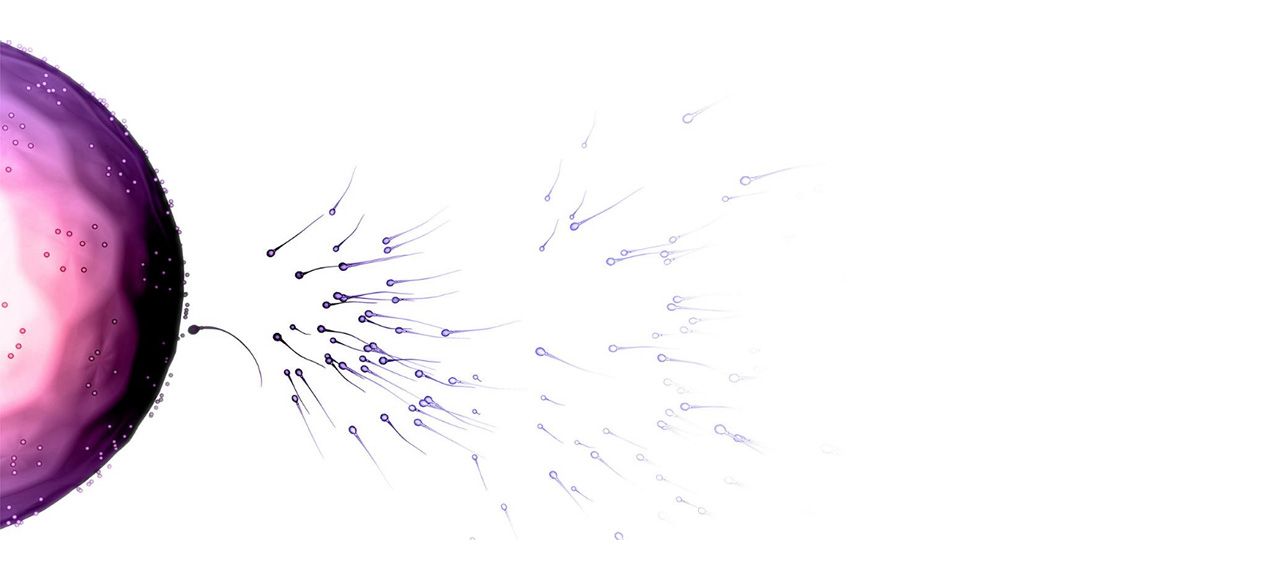Macrophages Contribute to the Spermatogonial Niche in the Adult Testis.
Librarian's Comment : Testicular macrophages constitute the largest proportion of interstitial leukocytes in the testis. Their immunosuppressed phenotype is intricately involved in the establishment of the testicular ‘immune privilege’ a special mechanism of self-tolerance to the neo-antigens of meiotic and post-meiotic germ cells that develops in puberty. Testicular macrophages have classical functions in immune privilege and in defense against invading microbes. Recently, important non-classical functions of macrophages were described by deFalco et al. The authors report on macrophages that reside in the vicinity of the tubular wall (peritubular macrophages) and display a different phenotype to more interstitially located macrophages. Peritubular macrophages secrete colony-stimulating factor 1 (CSF1) and enzymes involved in retinoic acid (RA) biosynthesis, which are relevant in determining the spermatogonial stem cell niche. In support, peritubular macrophages are enriched in apposition to undifferentiated spermatogonia. Depletion of testicular macrophages leads to disruption of spermatogonial function.
Published in :
Cell reports
Authors :
DeFalco T, Potter SJ, Williams AV, Waller B, Kan MJ, Capel B
Abstract :
The testis produces sperm throughout the male reproductive lifespan by balancing self-renewal and differentiation of spermatogonial stem cells (SSCs). Part of the SSC niche is thought to lie outside the seminiferous tubules of the testis; however, specific interstitial components of the niche that regulate spermatogonial divisions and differentiation remain undefined. We identified distinct populations of testicular macrophages, one of which lies on the surface of seminiferous tubules, in close apposition to areas of tubules enriched for undifferentiated spermatogonia. These macrophages express spermatogonial proliferation- and differentiation-inducing factors, such as colony-stimulating factor 1 (CSF1) and enzymes involved in retinoic acid (RA) biosynthesis. We show that transient depletion of macrophages leads to a disruption in spermatogonial differentiation. These findings reveal an unexpected role for macrophages in the spermatogonial niche in the testis and raise the possibility that macrophages play previously unappreciated roles in stem/progenitor cell regulation in other tissues.









